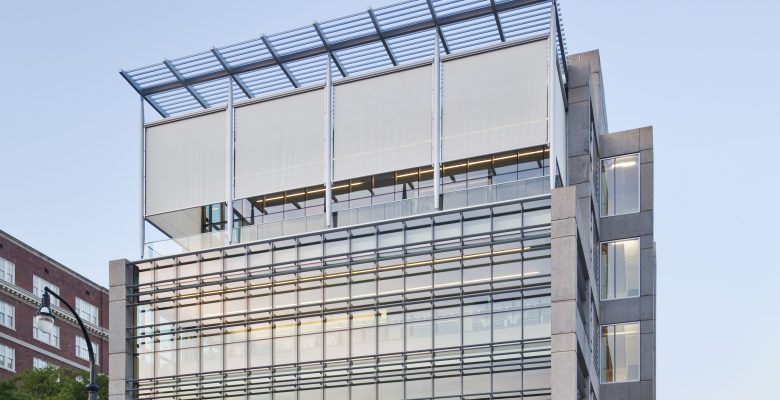09Existing buildings tend to undergo performance degradations, change in use, and unexpected faults or malfunctions over time. These events often result in significant deterioration of the overall system performance, inefficient operation and unacceptable thermal comfort conditions. However, a building does not have to be new to be efficient. Today’s leading building owners are retrofitting buildings, and converting existing buildings into models of sustainability. Commercial retrofit offers significant opportunities for energy efficiency and sustainability in the built environment. Design of energy-efficient and high-performance commercial retrofit requires that building performance and simulation tools are used and integrated with the design process. The objective of this research is to provide building researchers and practitioners with a better understanding of how to effectively conduct commercial retrofit to promote energy conservation and sustainability. The review of literature identified several general design strategies in the successful completion of sustainable and energy efficient retrofit projects. However, there is not a lot of existing literature that focuses on specific case studies. Therefore, this article discusses a particular building in detail to discuss applicable design strategies, retrofitting design and the impact on energy consumption. A detailed case study review of 1315 Peachtree Street, Atlanta, GA demonstrates some of the barriers that are currently present achieving energy efficiency and sustainability in commercial retrofits, and strategies that were used to overcome those barriers.
This article originally appeared in Vol 08.01 of the Perkins+Will Research Journal. CLICK HERE to see the whole article.

